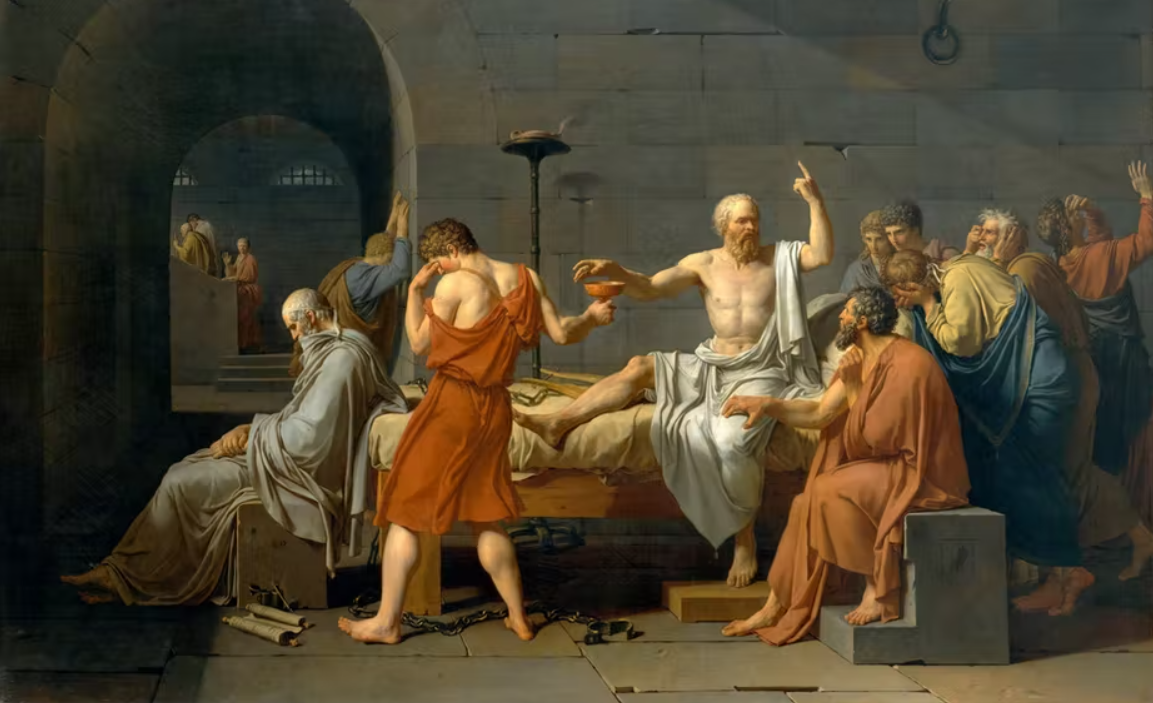The concept of emancipation lies at the heart of Theodor W. Adorno’s critical theory, which seeks to illuminate the conditions necessary for human freedom in a world marked by domination and alienation. Adorno’s understanding of emancipation goes beyond mere liberation from oppressive systems; it involves the transformation of individuals and society, enabling the realization of authentic human potential. This essay will explore Adorno’s concept of emancipation, examining its key elements, implications, and criticisms.
Emancipation and Critical Theory
Adorno’s concept of emancipation is grounded in critical theory, which seeks to uncover the underlying social, economic, and cultural structures that perpetuate domination and hinder human freedom. Emancipation, for Adorno, entails breaking free from the constraints imposed by these structures and challenging the prevailing ideologies that maintain them. Critical theory aims to foster critical consciousness and empower individuals to engage in transformative action to bring about social change.
Alienation and the Dialectic of Enlightenment
Adorno draws on the concept of alienation to understand the obstacles to emancipation. He argues that in modern capitalist societies, individuals are alienated from themselves, others, and the natural world due to the reification and commodification of all aspects of life. The instrumental rationality of the culture industry and the domination of capitalist production reduce individuals to mere objects, denying them the ability to fully realize their potential and leading to a sense of powerlessness and estrangement.
Negative Dialectics and the Critique of Totality
Adorno’s concept of emancipation is closely tied to his method of negative dialectics, which rejects the idea of a predetermined totality or grand narrative. Adorno criticizes any form of totalizing thought that seeks to impose a fixed and complete understanding of reality. Instead, he advocates for a dialectical approach that recognizes the contradictory and non-identical nature of the world. Emancipation, according to Adorno, lies in the constant questioning of existing systems and the refusal to conform to a predetermined totality.
Aesthetic Experience and Emancipation
Adorno sees the aesthetic experience as a crucial element in the process of emancipation. He argues that genuine art, which resists commodification and offers moments of non-identity and critical reflection, has the potential to disrupt dominant ideologies and reveal alternative possibilities. The aesthetic experience provides a space for individuals to encounter art that defies instrumental rationality and invites them to challenge the prevailing norms and structures that limit their freedom. In engaging with art, individuals can experience moments of authentic human connection and transcend the constraints of alienation.
Criticisms of Adorno’s Concept of Emancipation
Adorno’s concept of emancipation has been subject to various criticisms. One critique argues that Adorno’s emphasis on negative dialectics and the rejection of totalizing thought leaves little room for concrete political action or practical solutions. Critics contend that his approach may lead to a paralyzing pessimism or a detachment from the real-world struggles for emancipation.
Additionally, some argue that Adorno’s focus on the aesthetic experience and the autonomy of art may neglect the broader social and political dimensions of emancipation. Critics suggest that social transformation requires collective action, institutional change, and the recognition of the material conditions that shape individuals’ lives.
Conclusion
Adorno’s concept of emancipation offers a nuanced understanding of human freedom in the face of domination and alienation. It calls for critical consciousness, the rejection of totalizing thought, and the recognition of the transformative potential of aesthetic experiences. While criticisms exist, Adorno’s concept of emancipation urges individuals to question and challenge the oppressive structures that hinder their freedom and to strive for a more just and humane society. It reminds us that true emancipation involves not only the liberation from oppressive systems but also the creation of conditions that enable individuals to fully realize their authentic potential and to live in harmony with themselves, others, and the natural world.

